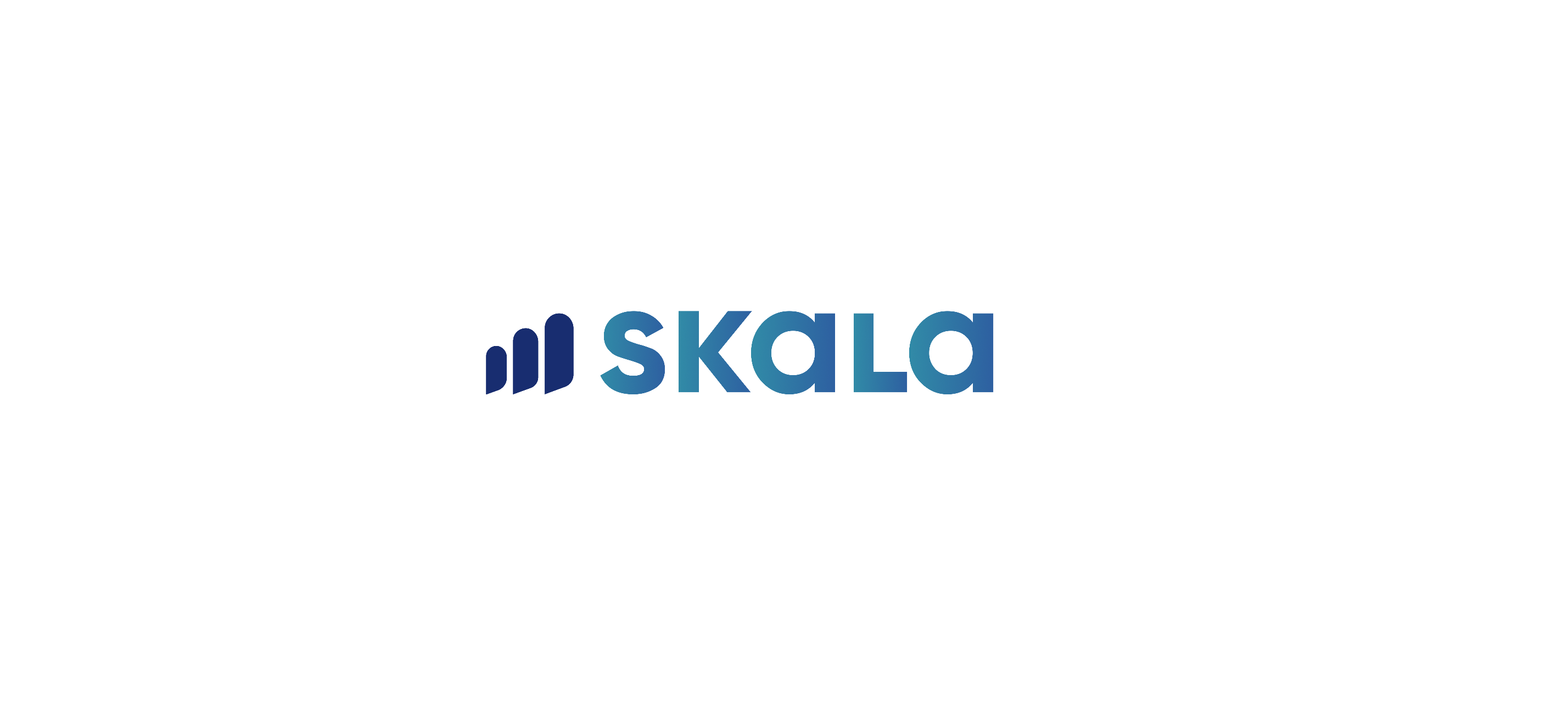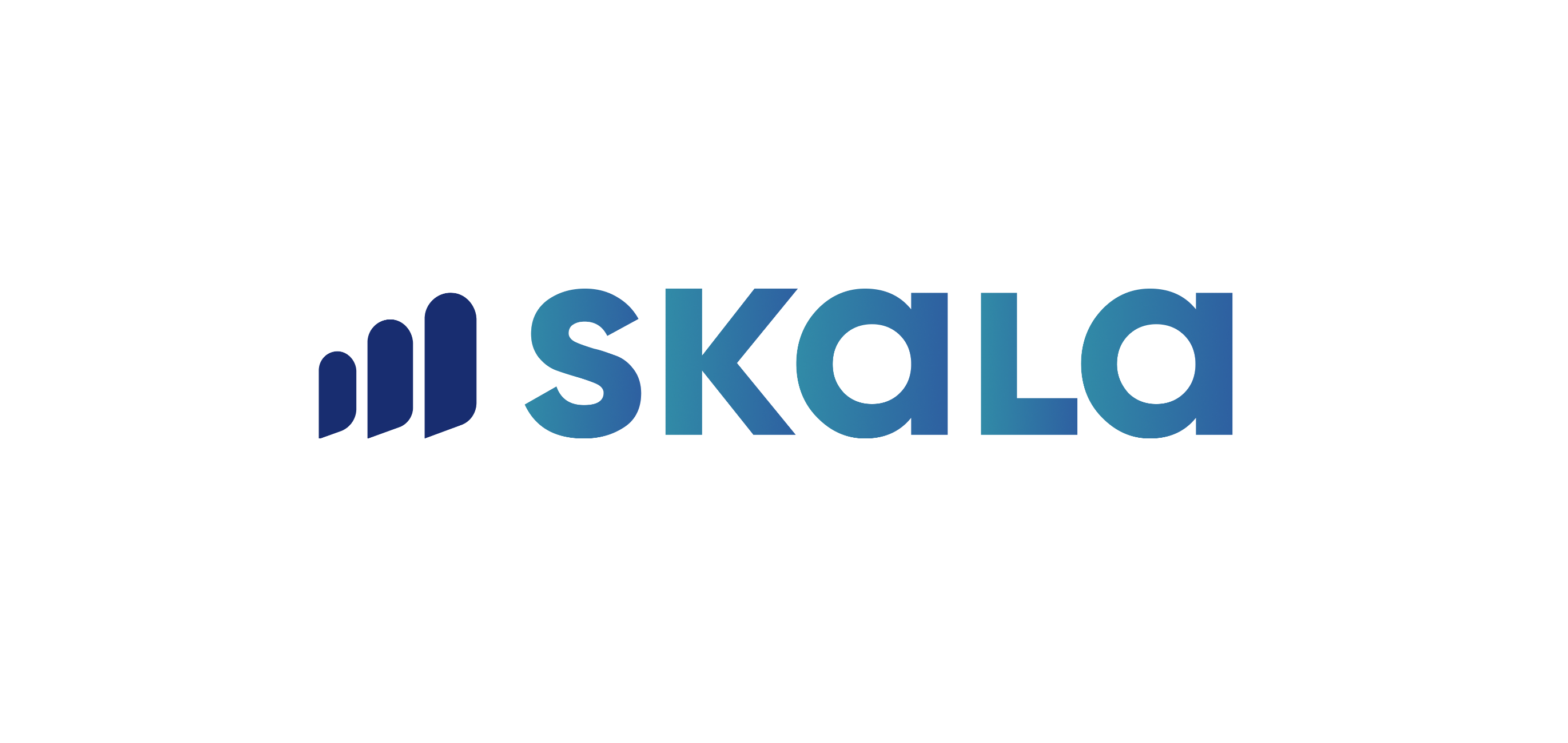Understanding the Bill of Materials (BOM) in Procurement
What is a BOM (Bill of Materials )?
A Bill of Materials (BOM) is a comprehensive inventory of all the raw materials, components, and assemblies needed to manufacture the product. The BOM is a production guide stating quantities, specifications, and interrelationships of the various items. Various industries, including manufacturing, construction, and software development, use BOMs to promote uniformity and efficiency in production.
What does this BOM mean for the Procurement Process?
For a successful procurement effort, a well-defined BOM is essential as it will help businesses to exactly source and acquire materials needed. It acts as a communication link between engineering departments, production organizations, and the purchasing team, ensuring the correct order of components at the right time and price. BOM clarity will enable companies to streamline their supply chain, reduce errors, and prevent production delays.
Why BOM Is Important to Manufacturers?
A BOM (Bill of Materials) is very crucial for the manufacturer in terms of maintaining the same quality of the product, reducing wastage, and improving manufacturing efficiency. A clear roadmap of materials becomes necessary to streamline operations. It further enables better inventory management, reduces production errors, and overall cost control.
Advantages of a BOM (Bill of Materials) for Procurement
1. **Cost Control**- The BOM is an estimate of materials and their costs, so that procurement teams can plan for it.
2. **Supply Chain Optimization**- Selected suppliers and overall inventory management.
3. **Error Reduction**- Less risk of parts getting missed or wrong parts getting ordered.
4. **Production Efficiency**- Ensures a smooth manufacturing process through availability of all materials.
5. **Collaboration**- Ensures proper setup for communication across departments and suppliers that prevents misalignment in procurement and production.
Structure of a BOM
BOM (Bill of Materials) are defined hierarchically starting with the finished product at the top and going down to individual components. Typical items that classify a BOM (Bill of Materials) include:
– **BOM Level**- Indicates the hierarchy of components.
– **Part Number**- Unique identifier for each material or component.
– **Part Name**- Descriptive name of the component.
– **Quantity**- Number of each component required.
– **Unit of Measure**- Specifies how the unit may be measured (e.g., pieces, kilograms, liters).
– **Procurement Type**- Whether the component is purchased or manufactured in-house.
In conclusion; these procurements require a BOM (Bill of Materials) for the efficiency of materials acquisition and accuracy in the same. If this helps set the system for BOM production, an organization can therefore optimize its production workflow and maintain the supply chain.
QuickBooks and Skala
Integrating a bill of materials (BOM) with QuickBooks and Skala increases efficiency in the procurement and manufacturing processes. QuickBooks serves as a reliable platform for monitoring financial transactions and cost controlling purposes, while Skala assists in production planning and inventory control. Manual data entry is minimized, and this boosts accuracy and visibility of material requirements in real time, which further aids companies in optimizing their supply chains and reducing production delays.


